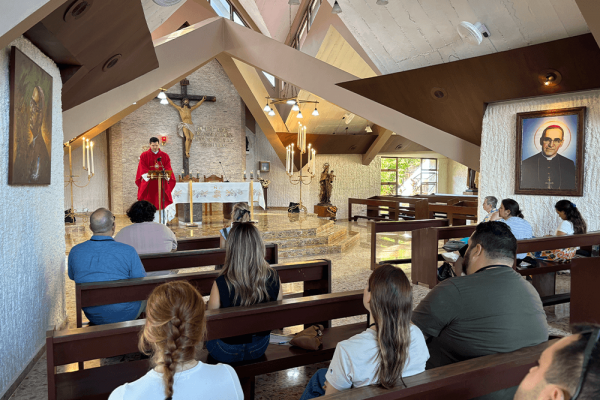Nov 26, 2024
When Ryan Medina stepped off the plane in San Salvador, capital city of El Salvador, he felt the thrill of being in a new country. He was eager to meet the fellow pilgrims he’d only known online and excited about the journey ahead. But as their van left the bustling city streets and began the drive to the gravesite of four U.S. churchwomen, the atmosphere shifted.
“I realized we were quite literally retracing the same route these women took after they were picked up from the airport on the night they were ambushed and killed,” said Medina, a teacher at Loyola Blakefield High School near Baltimore, Md.
Read the Full Article

Already a subscriber? Login
